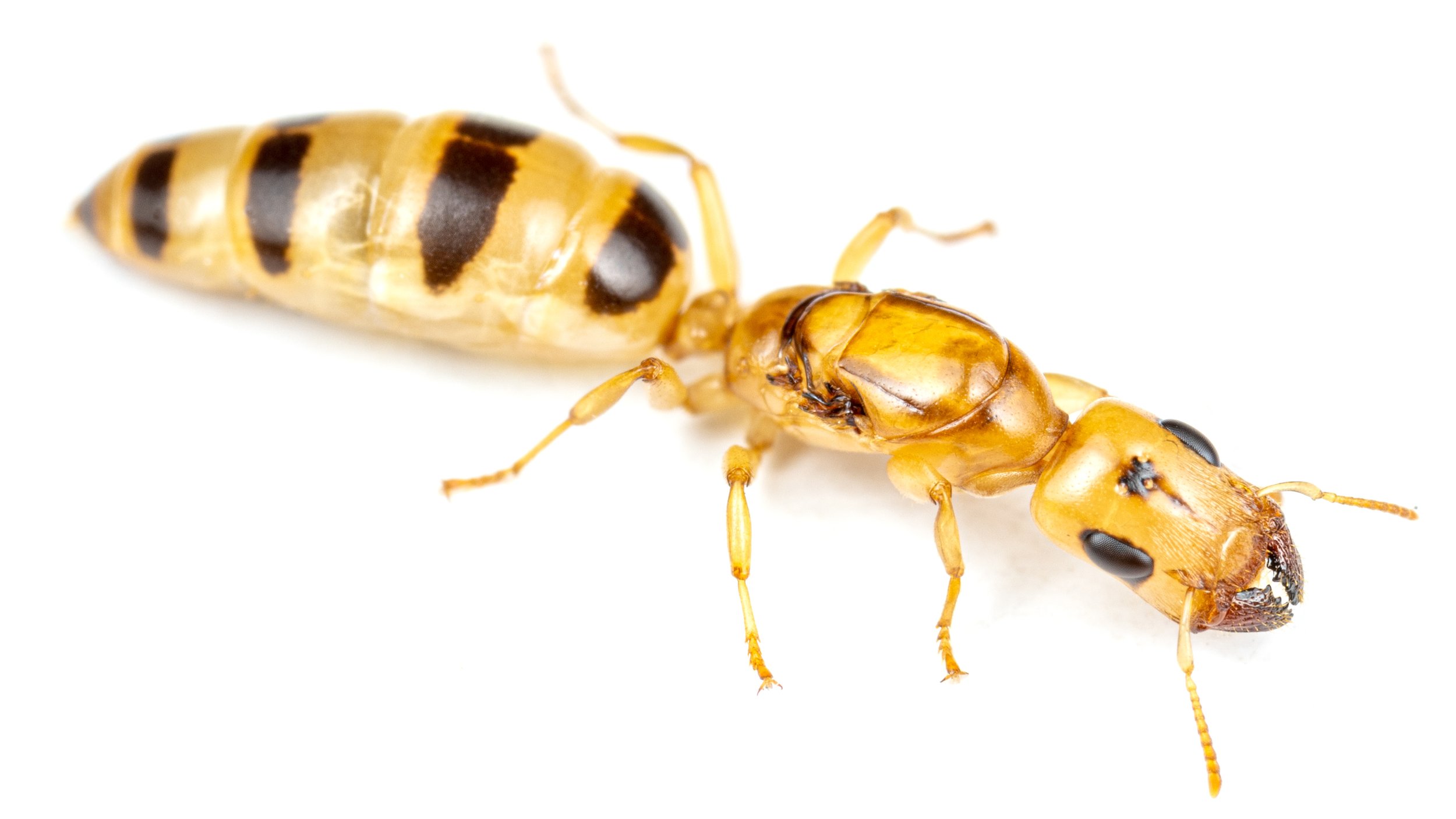Gesomyrmex, the Amber Javelin Ants Ecology Guide
Gesomyrmex is a genus of ants in the subfamily Formicinae. The genus contains seven extant species, and eleven fossil species, about which little is known, since the few species within the genus are rarely encountered. The genus was established by G. Mayr (1868) for a single species from Baltic amber.
Members of this genus are very rare and ancient forms as they belong to a loose assemblage of genera which have been considered the most primitive members of the subfamily Formicinae.
These genera, which include Myrmoteras, Gesomyrmex, Gigantiops, Myrmecorhynchus, Opisthopsis and Santschiella, remain among the least studied ants.
Oecophylla smaragdina, Asian Weaver Ants. Ecology and Care Guide
Oecophylla derived from Latin words, oeco (meaning house or household) and phylla (plural for phyllum which means having leaves or leaflike parts) and smaragdina, also derived from Latin, meaning emerald.
And so, Oecophylla smaragdina, the emerald leafhouse ant.
Oecophylla species are among the most iconic tropical ants presenting the most sophisticated nest-building activities of all weaver ants. Workers draw leaves together, often forming long chains, and glue them together with larval silk.
And this was what Fabricius saw, emerald leafhouse ants.
Polyrhachis - The Spiny Ants
Spiny ants belong to the Formicinae sub-family and the Polyrhachis genus. They are the far away cousins of our worldwide beloved Carpenter Ants.
Polyrhachis is a genus of formicine ants found in the Old World with over 600 species. The genus is yet to be fully understood and described because it is one of the most ecologically diverse ant genera in the world. It contains so many varied species which span so many different types of habitats including mangrove, soil and tree-dwellers.
They can be easily be identified due to the big spikes most workers showcase as a defensive mechanism against predators.
Camponotus nicobarensis - Care Guide and Ecology
This is a Macau local species which is a very sought after species, especially as one of the first exotic Carpenter Ant species to have. Let’s learn more about them!



